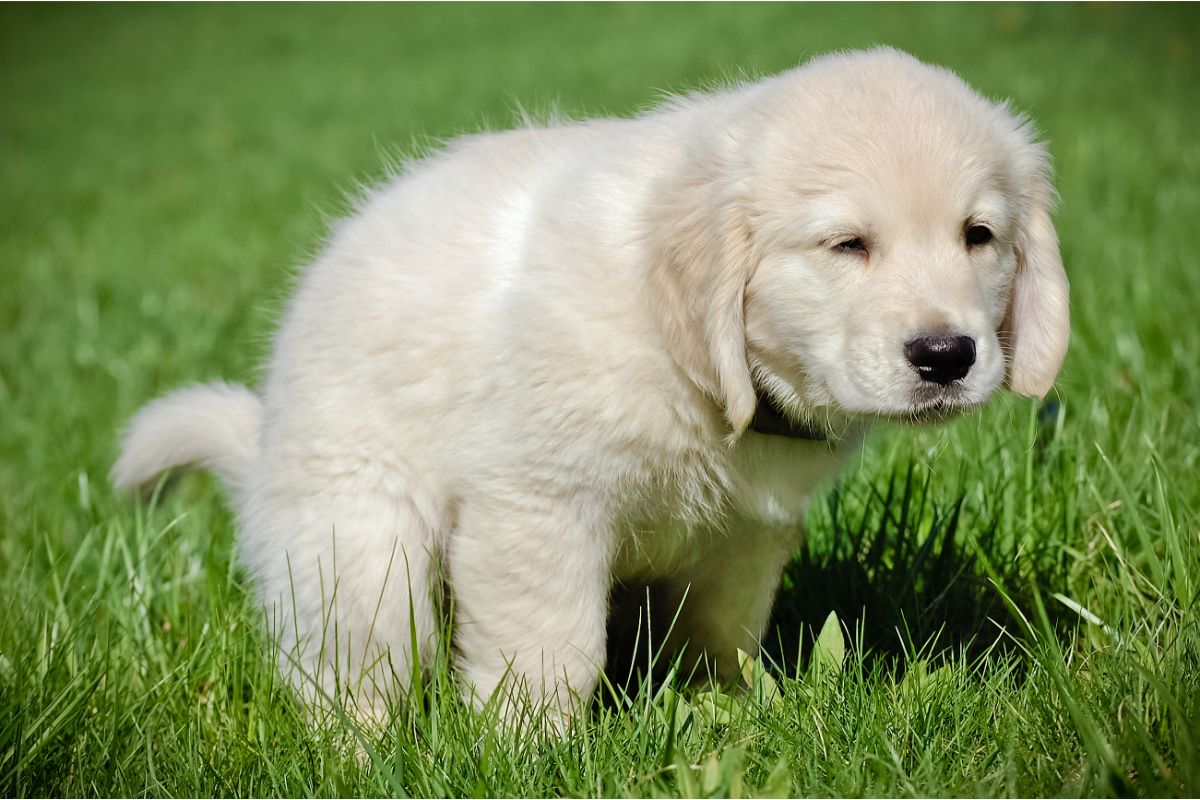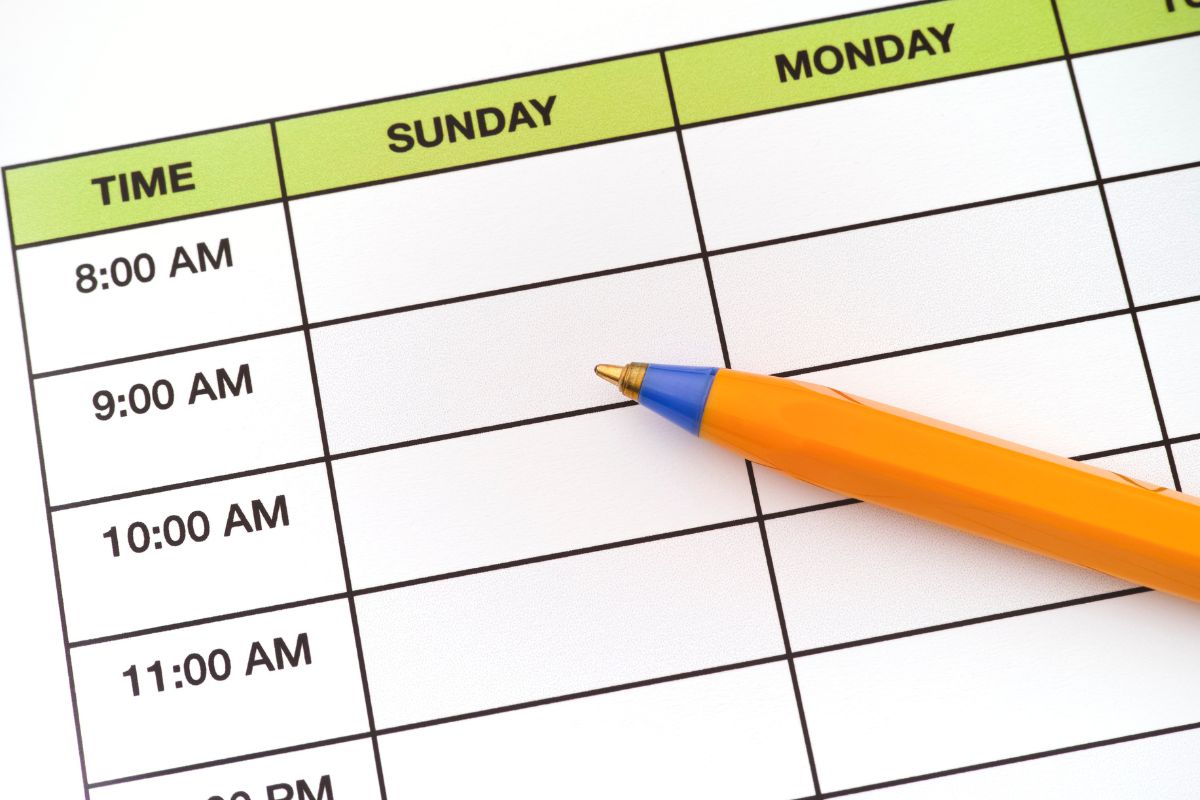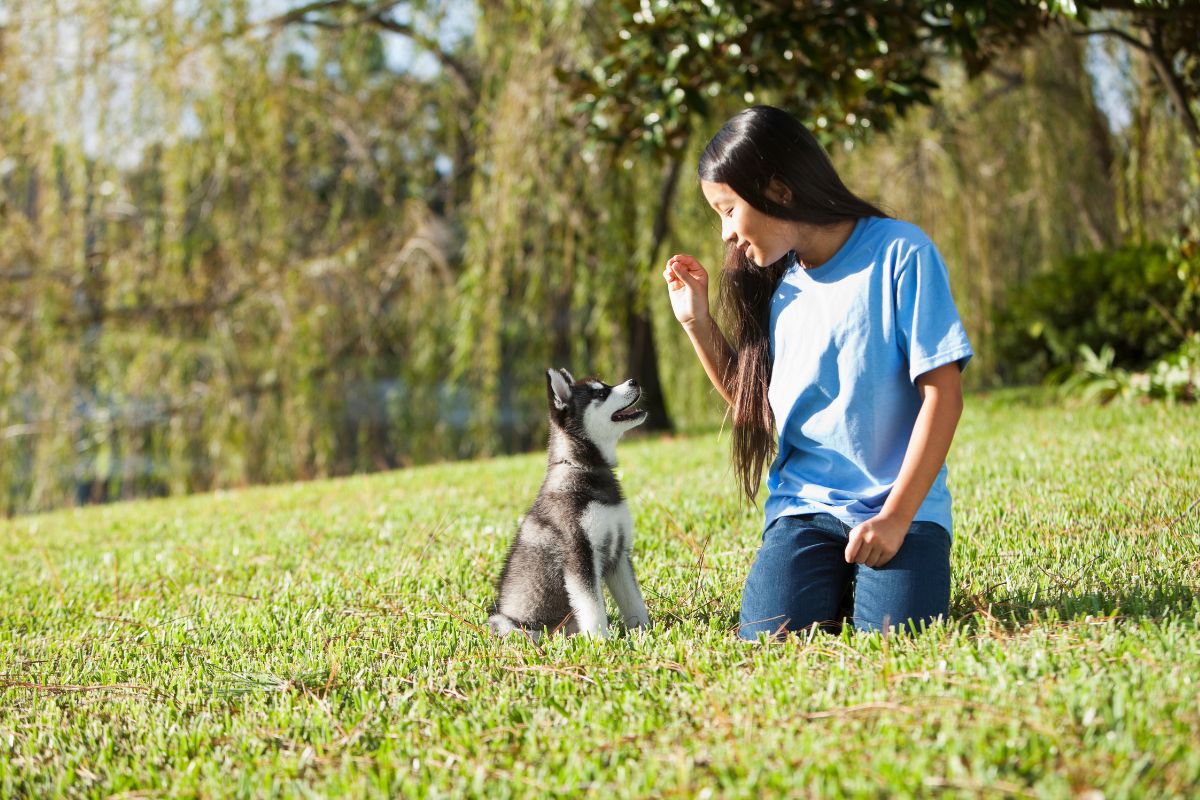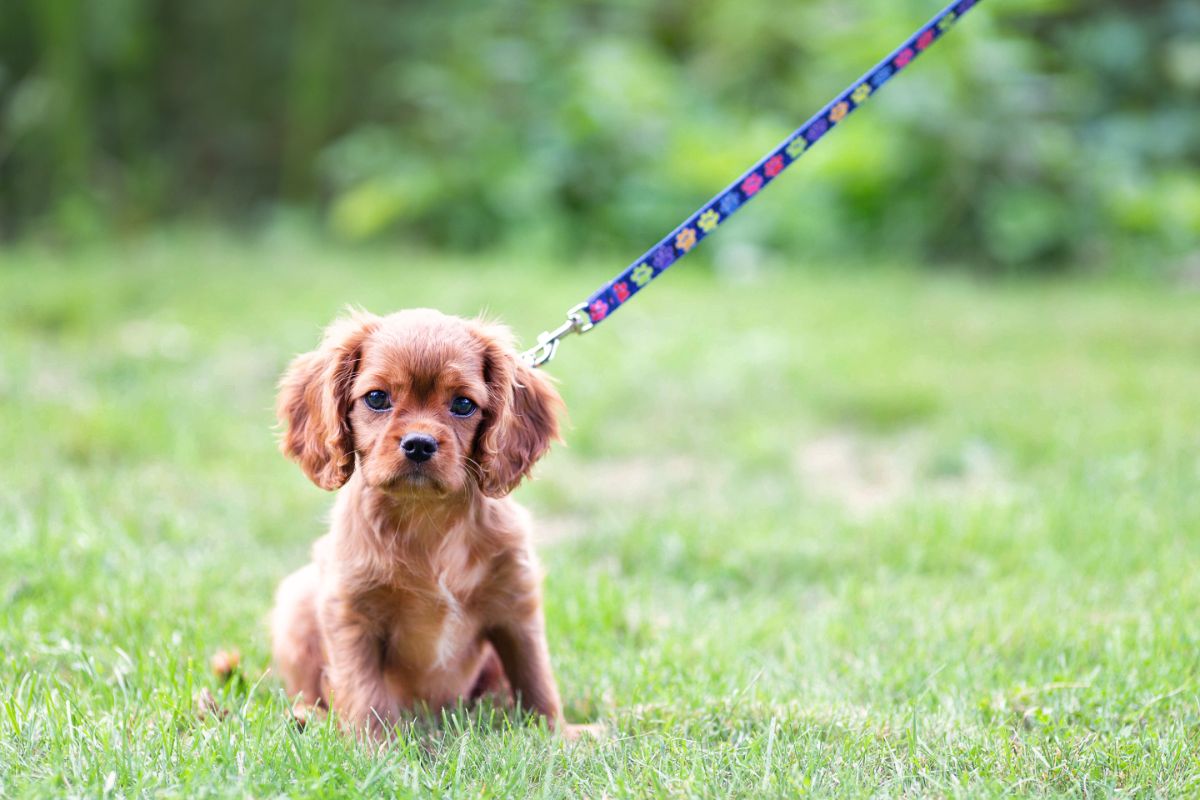Expecting a puppy? It’s such an exciting time! You are about to bring home your new best friend and start your adventure together. However, getting a puppy is a lot of work, and it is not always easy.
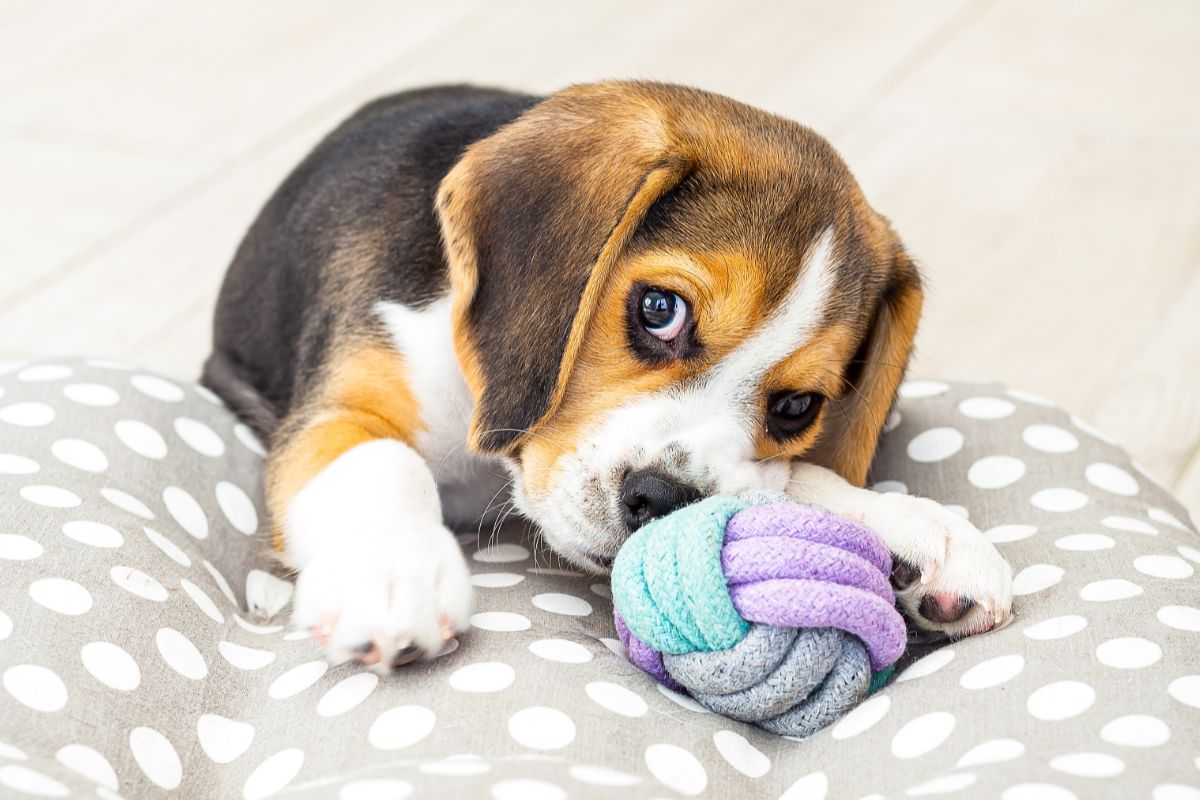
So, you have to be prepared for everything. Bringing a new puppy home is just like bringing a baby home – you are going to need a lot of supplies and essentials, so it is good to be prepared before they get there!
In this guide, we are going to go over all of the things that you will need to welcome a new puppy into your home, from puppy proofing to collars and leads. So, let’s get started.
What Will You Need For A New Puppy?
When you are preparing for a puppy, it is important that you have everything that you need to get started. Puppies are inquisitive creatures and have a lot of needs, so you will need a few things.
The most important things are the basics. These are things like a collar, ID tags, leads, food and water bowls, puppy food, treats, a harness, bed, bedding, blankets, and puppy gates.
But, let’s go into a little more detail about what you could need to purchase to make the transition easier.
Bed Accessories
The first thing to consider is where your puppy will sleep at night. You will need to invest in a good, comfortable bed for your puppy, and one that is of the right size, to make them feel safe and secure.
We would recommend purchasing a few beds, as puppies can be destructive at first, and may chew or damage one of their beds. It is always good to have a backup.
You could also get a few different beds, such as a comfy, cozy one for the night, and a flat one for the daytime when relaxing in the kitchen.
For instance, you could choose a plush mat bed or a donut-style bed, which replicates the feeling of being cuddled up with littermates and other dogs. This can make the transition easier.
Which bed you choose depends on the breed of the dog, and where you intend for them to sleep. For instance, if you want to crate train your puppy, you will need to purchase a suitably sized crate and a bed that will fit inside.
For crates, we recommend a flat pad-style bed, and lots of blankets to make the puppy comfortable. You could also purchase a crate bumper, which protects the puppy from the hard sides of the crate.
If you are crate training your puppy, it is essential that you purchase a crate cover. This makes the puppy feel more safe and protected and makes the crate feel more like a den and a safe space, which can make crate training easier.
We also recommend purchasing some blankets to make them cozier and more comfortable for your puppy. Just ensure that they are easily washable in case of any accidents overnight.
Another tip is to purchase a toy with a heartbeat. A puppy heartbeat stuffed toy is great for helping soothe anxiety in those first initial nights with a puppy.
This is because puppies have become used to sleeping with their littermates or mother, and then sleeping alone in a new environment is stressful for them.
Made with safe materials, machine-washable fabrics, and a ‘real-feel’ heartbeat, this can make sleep training much simpler.
Walking Accessories
You will also need to ensure that you have a collar and ID tag for your puppy. This is a legal requirement, as dogs are required to have collars and identification, and it protects them in case they get lost.
We recommend choosing an adjustable collar, as this can be made larger when your puppy is growing, while the locking buckle makes it simpler to get on and off. Ensure that the ID tag is also engraved with your information should your puppy get lost.
For walks, you will also need a range of supplies. It is best to purchase a harness to give you more control, and a few different length leashes.
A harness can prevent any damage being done to your puppy’s neck when going on initial walks, as your puppy may pull on the leash with excitement.
We also recommend a puppy-sized leash for walks, and a long-line leash for practicing having a little more freedom, while still remaining in control.
Some dog trainers will tell you that you should have your puppy on a long leash in the house at first, to let them get used to their environment, while also keeping them safe, and correcting unwanted behaviors.
This can give you a great headstart when it comes to counter-surfing and jumping up behaviors.
A long leash can be used for obedience training, playing in the backyard, recall training, and so much more, so it is definitely a good investment.
Food/Treats
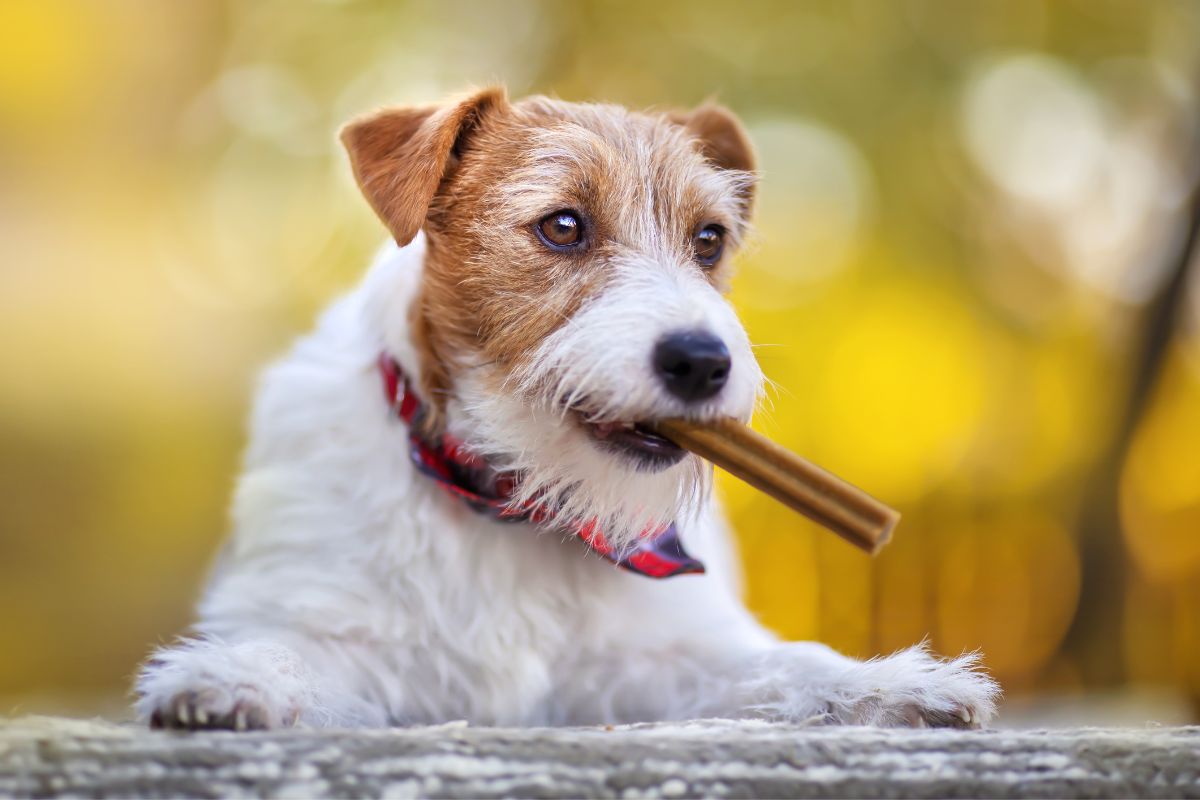
The next thing you need to consider is the food that you are going to be giving to your puppy. Puppies have a range of nutrition and dietary needs to grow big and strong, and having the right food can prevent health problems further down the line.
You will have to consider beforehand what type of food you want to give your puppy. This could be kibbles, freeze-dried food, or a raw diet. It is down to your preference.
Try going to a pet store, and speaking to a worker there, or speak to a veterinarian about the best brands for your dog’s breed.
You can also speak to the breeder or rescue that you are getting the puppy from. They will likely have a feed of choice that they already use, and you can purchase that at first, and then transition your puppy over to your feed of choice later down the line.
This is because puppies have delicate stomachs, and the transition needs to be slow and carefully done.
You should also have some nutritious and healthy puppy treats available for training your puppy when they arrive!
Always check the ingredients label, as it is best to avoid brands that use filler ingredients such as corn, wheat, soy, grain, and animal by-products, as many dogs can be allergic to these ingredients, and they can be unhealthy.
Training Supplies
You will be training your puppy pretty much from day one. Therefore, you will need some training supplies. These are things like treats, rewards, baby gates, and playpens to teach your puppy where they can and cannot go, and when they need time outs.
For instance, a playpen can provide a safe space for the puppy to play, while a baby gate can limit access to any areas that could be potentially dangerous, or keep the puppy downstairs at nighttime.
You will of course need puppy training treats, a bag for your treats, and you can use a clicker to reinforce positive behavior.
Playtime Supplies
Your puppy will need a range of toys and things to play with. Some of the essential supplies that we recommend are lickmats to reduce boredom, Nylabones for teething puppies, and puzzle toys or enrichment toys.
Of course, we have to mention the infamous KONG. This puppy toy can be filled with kibbles or peanut butter and wet food.
This is a great boredom buster and can stimulate your puppy. It also gives you a few minutes of peace, and keeps your puppy busy for a while!
Hygiene Supplies
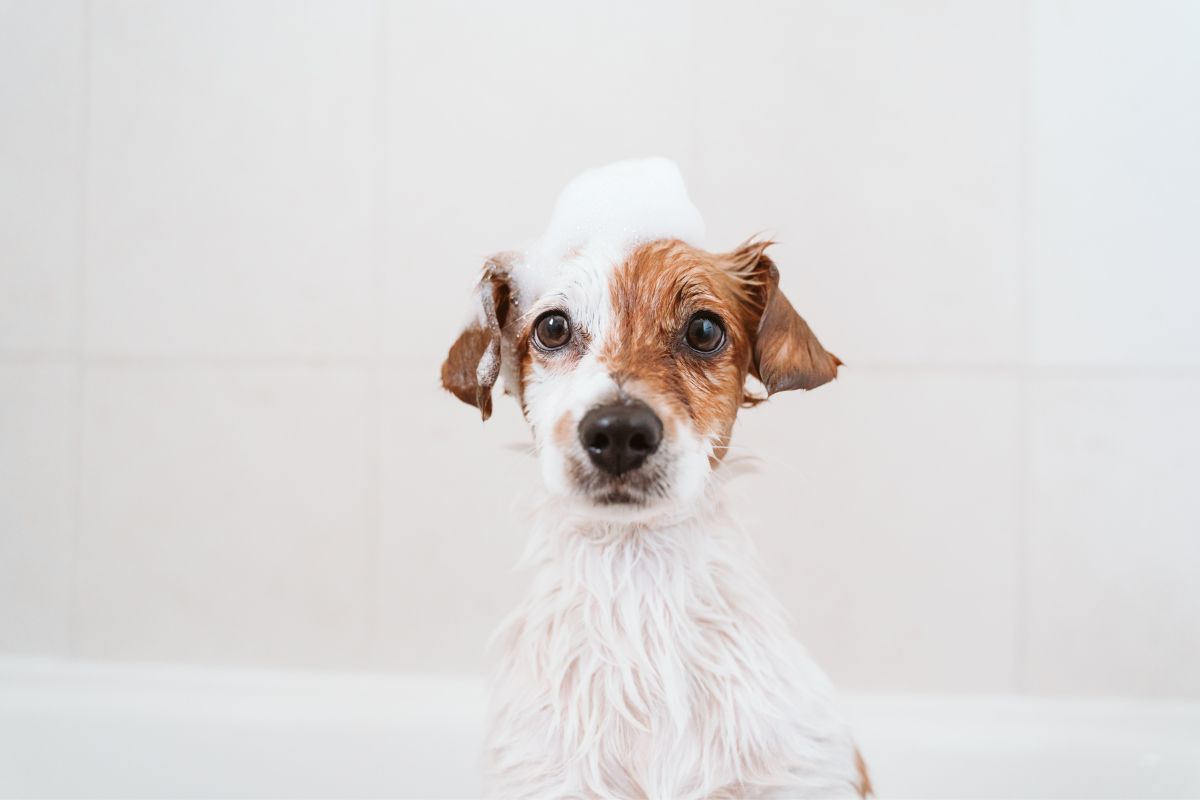
When getting prepared for a puppy, you should know that they are going to get messy! Whether that is from accidents in their beds at night, potty training messes, or from rolling around in the dirt outside.
Therefore, you will need a range of supplies to help keep your puppy clean. We recommend having puppy wipes, as you can use these for quick cleans, and for when you are on the go.
However, you should also have puppy shampoo, brushes, and grooming tools. The tools and shampoos that you choose will depend on the breed of dog you have and their fur type.
However, puppies have sensitive skin and fur, so stick to gentle formulas when it comes to shampoo. You should not use human products as these can be too harsh for your puppy’s skin.
We recommend getting a shampoo handy, along with some brushes and toothbrushes to keep the teeth healthy. Starting early with tooth brushing can help stave off gum disease and tooth decay in the future.
The Essentials
Finally, let’s talk about some of the essentials that you will need. For instance, you will require dog/puppy towels, poop bags, a poop bag dispenser and travel bowl for walks, and lots and lots of cleaning supplies!
You will also need feeding and water bowls. We prefer the ones that come with a non-slip mat, as the bowls tend to get moved around during dinner time due to all of the excitement!
We do also recommend having a stain and odor eliminator, which can remove the smell of urine and other messes.
An odor remover with an enzymatic destroyer can remove all traces of urine, making it less likely that your puppy will mark that spot again, so this is definitely an essential!
You may also need a pet-safe disinfectant spray for cleaning up messes and destroying bacteria, without putting your furry friend at risk.
To Crate Train Or Not To Crate Train
A big debate surrounds whether crate training is a good idea or not. Whether you decide to crate train is down to you, but we think that it is an excellent and effective way to train your dog.
Crate training can make a puppy more confident, as it gives them a safe space to relax, nap, unwind, and sleep in.
It can also teach them to go to their ‘place’ to calm down when needed and keeps them safe from getting into trouble or hazardous areas when left alone.
Crate training can also get your puppy used to being alone, and prevent issues such as separation anxiety. However, it does depend on the dog.
We recommend training your puppy to use a crate from a young age, as long as it is done correctly, and not used as a punishment, then crating a puppy is a good idea.
Should I Buy Puppy Pads?
Another debate in the dog-owning world is whether or not to use puppy pads. This comes down to your personal preference.
Puppy pads can be a useful tool for training, and for preventing accidents and making cleaning up easier.
However, the goal is to train your puppy to go to the potty outside. So, you do not want your puppy to get too used to using puppy pads. Our opinion would be to use them as emergency aids.
For instance, if you have to leave your puppy for a short time, then you can leave puppy pads to make cleaning up easier, however, we would argue that it is far better to start as you mean to go on and take your puppy outside for regular potty breaks to encourage them to pee and poop in the correct place.
Final Thoughts
The final things to consider are puppy-proofing your home with baby gates and safe places for your puppy, creating a crate or bed area that is cozy and inviting, deciding on a veterinarian, registering the puppy there, getting ID prepared, and having a training plan.
It may be a good idea to sign up for puppy classes or research the class that you wish to take your puppy to. This can help you nail down the basics of obedience training and socialize your puppy from a young age.
Then, all that is left to do once you have all of your supplies, is get excited to bring your furry friend home!
- How To Teach Your Puppy Their Name Easily! - July 18, 2023
- Is Your Puppy Counter Surfing? Find Out How To Stop It! - July 18, 2023
- How To Train Your Puppy For Car Rides: Everything You Need To Know - July 18, 2023







